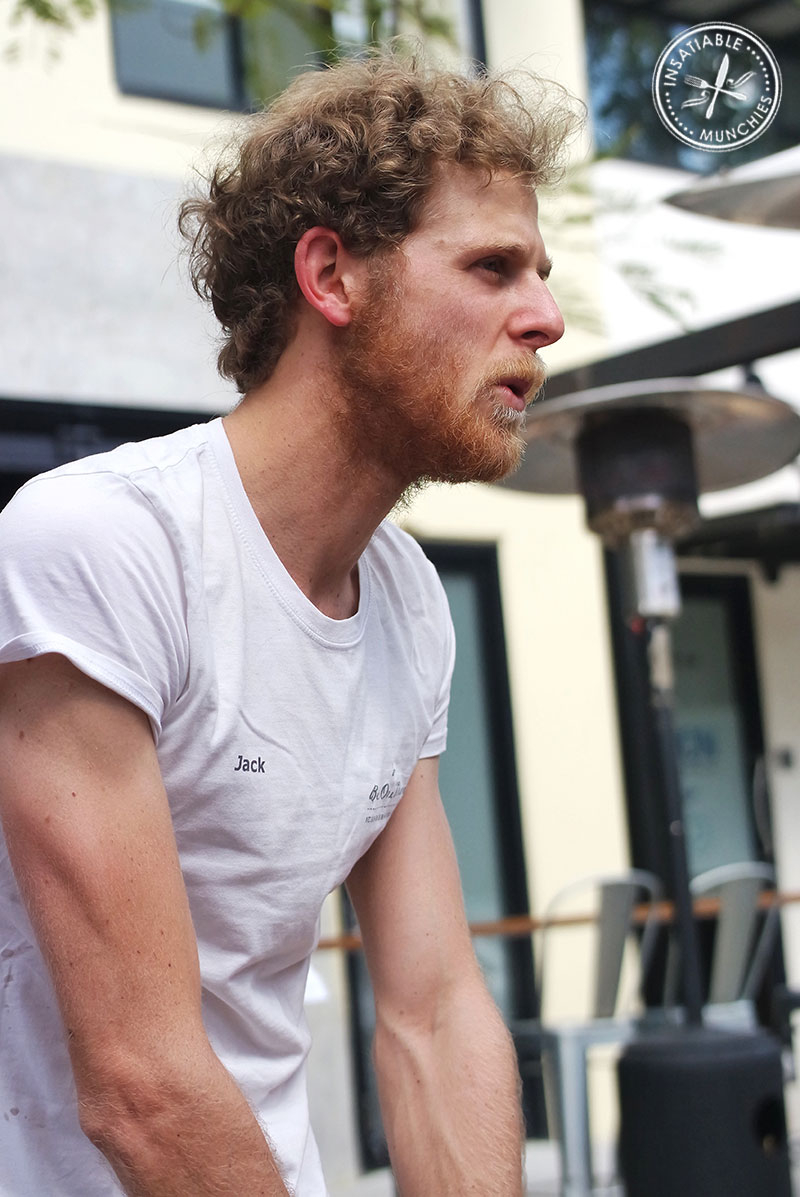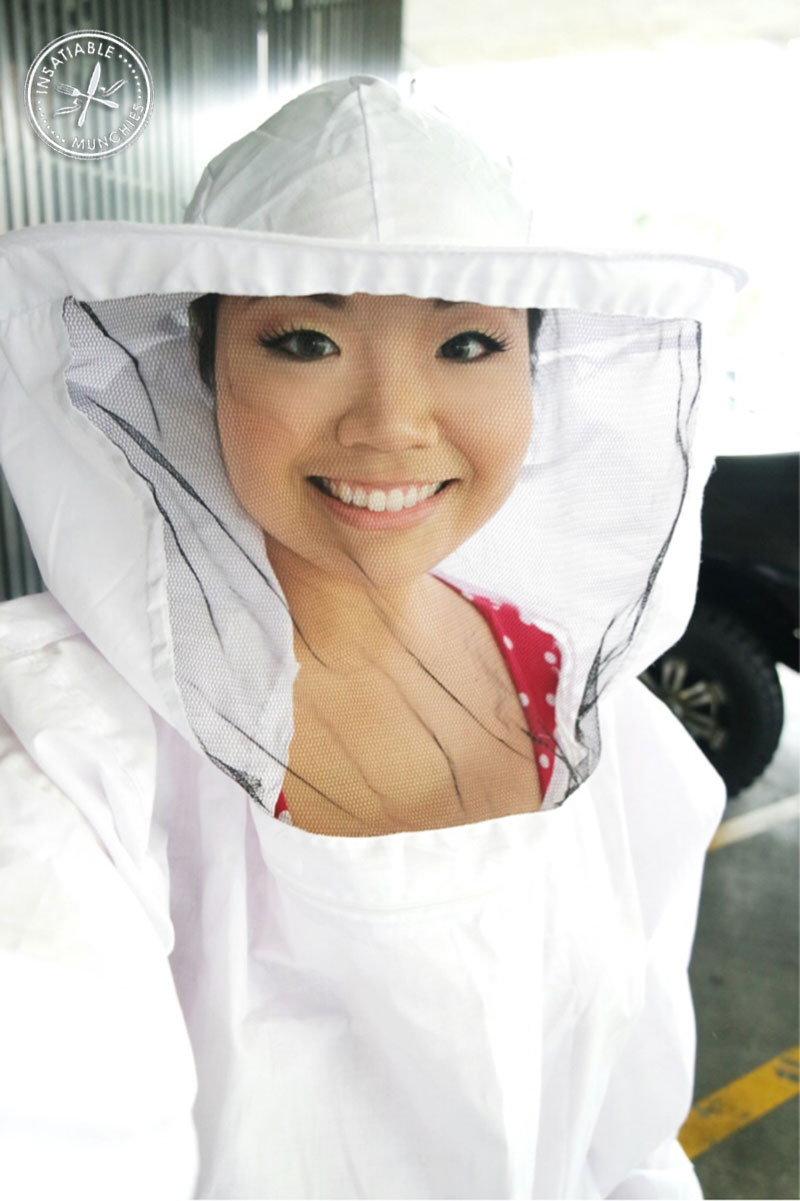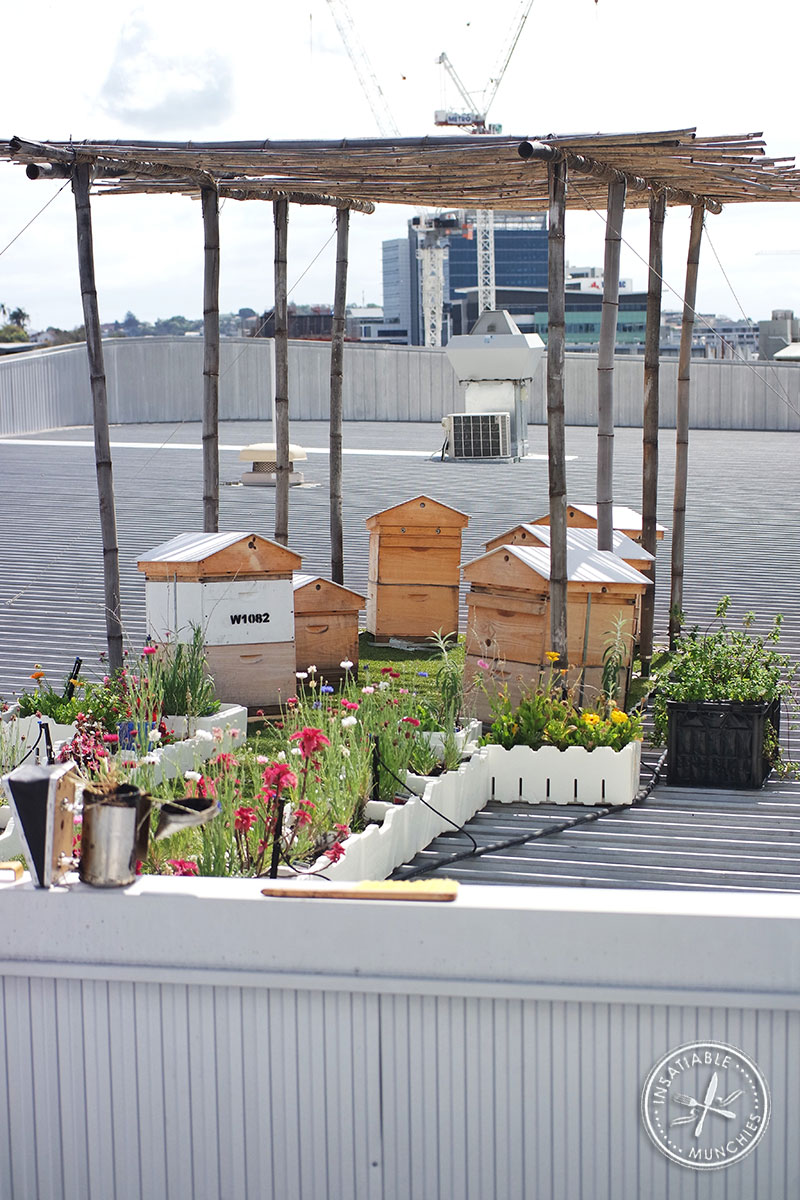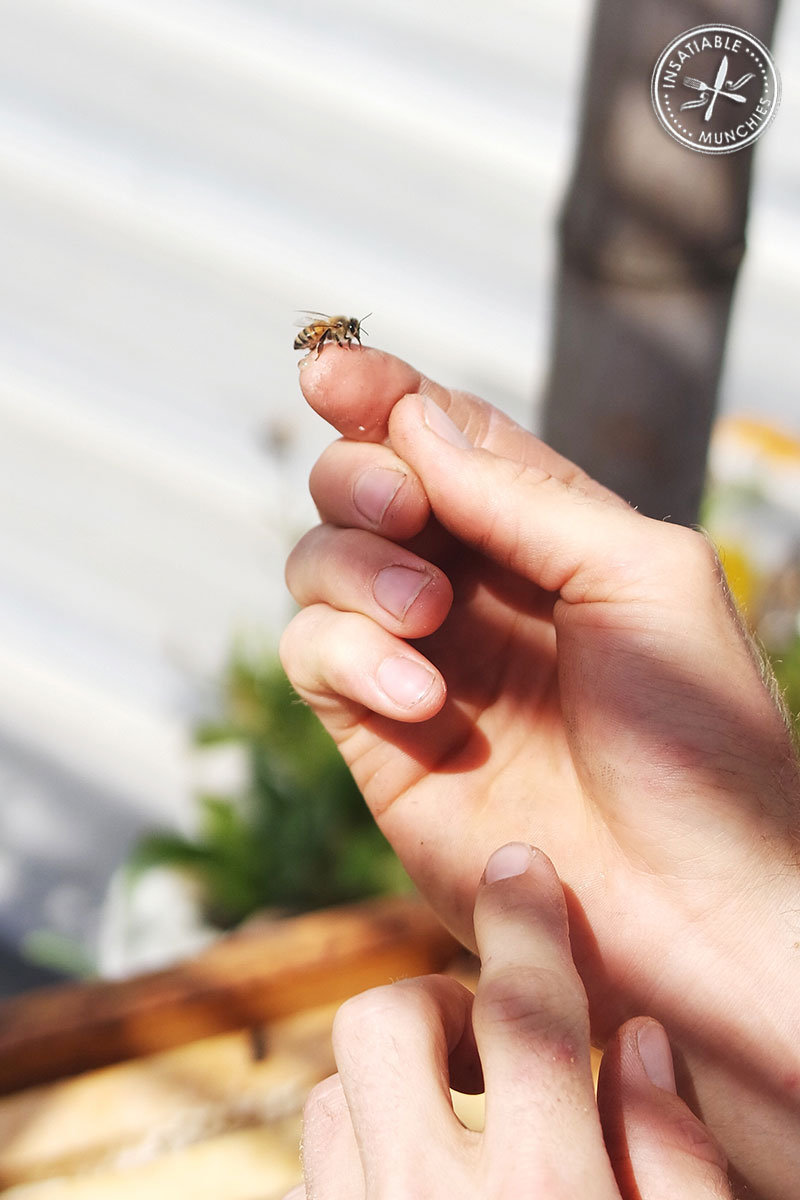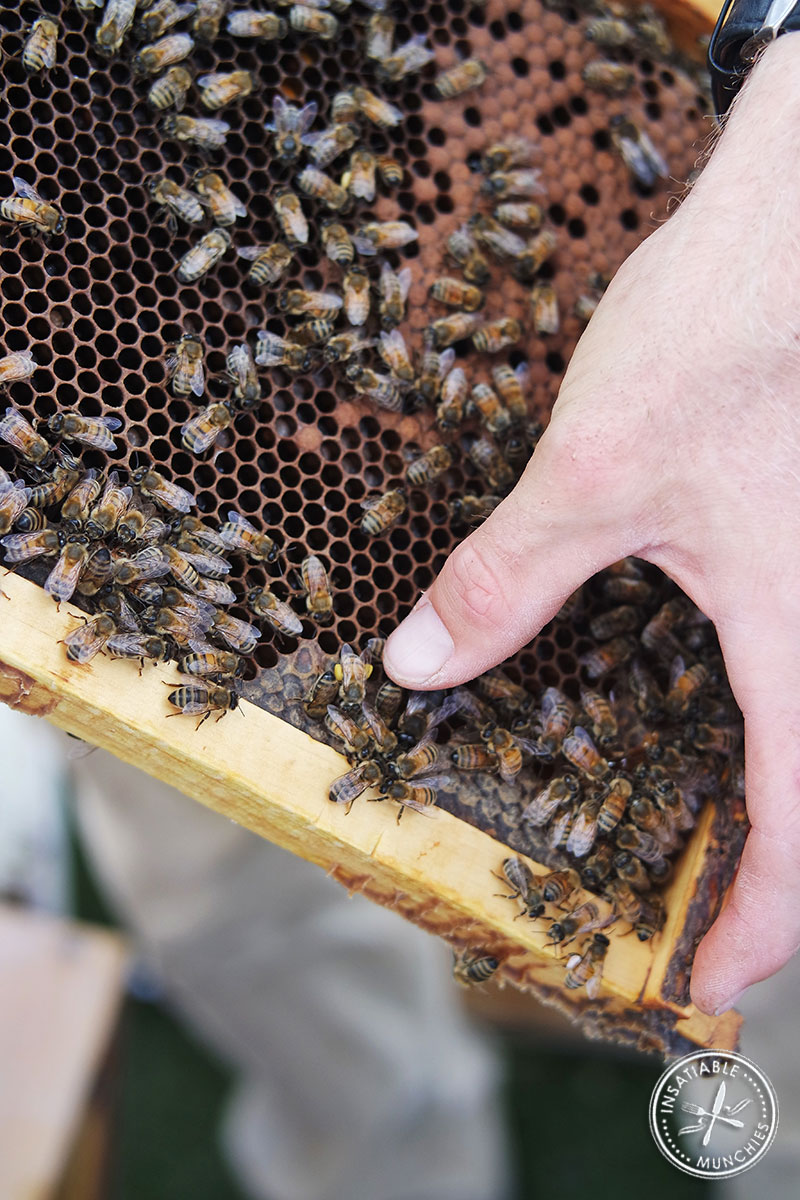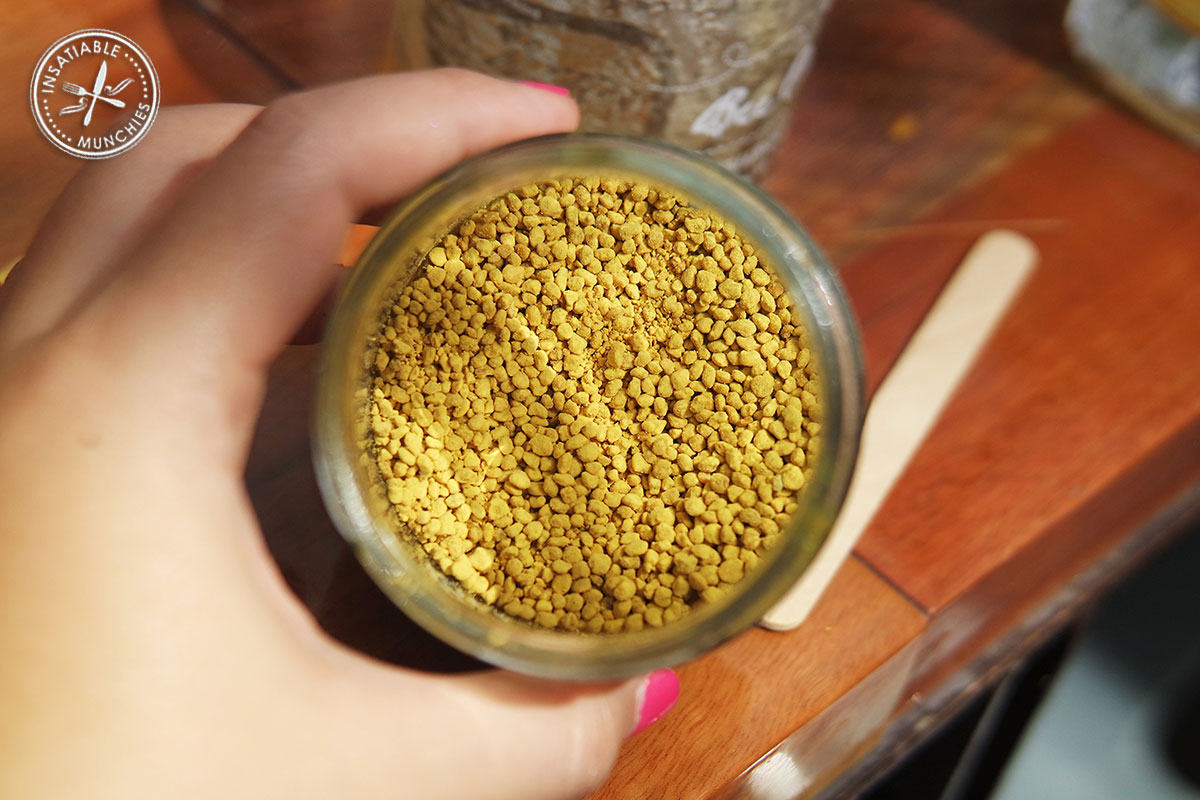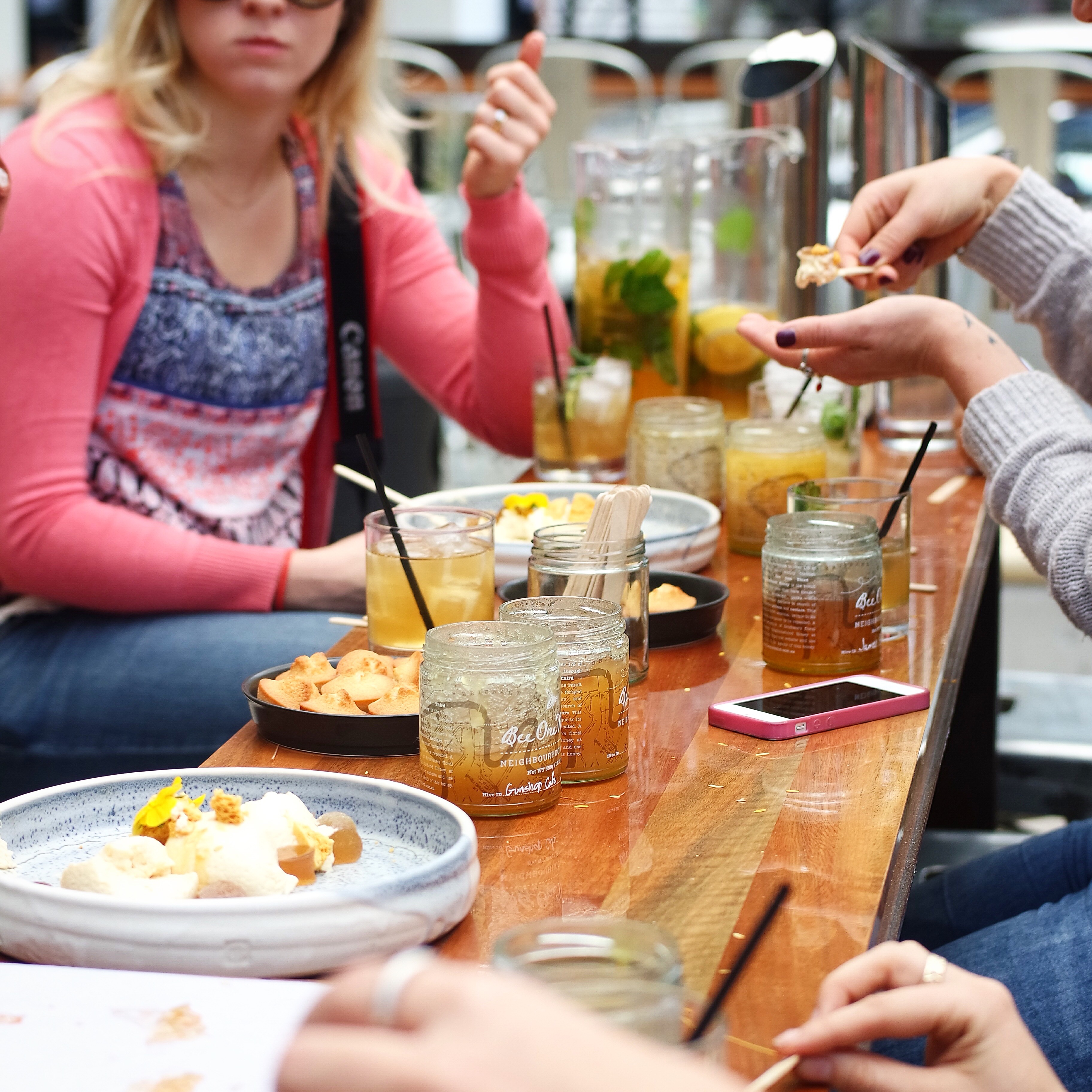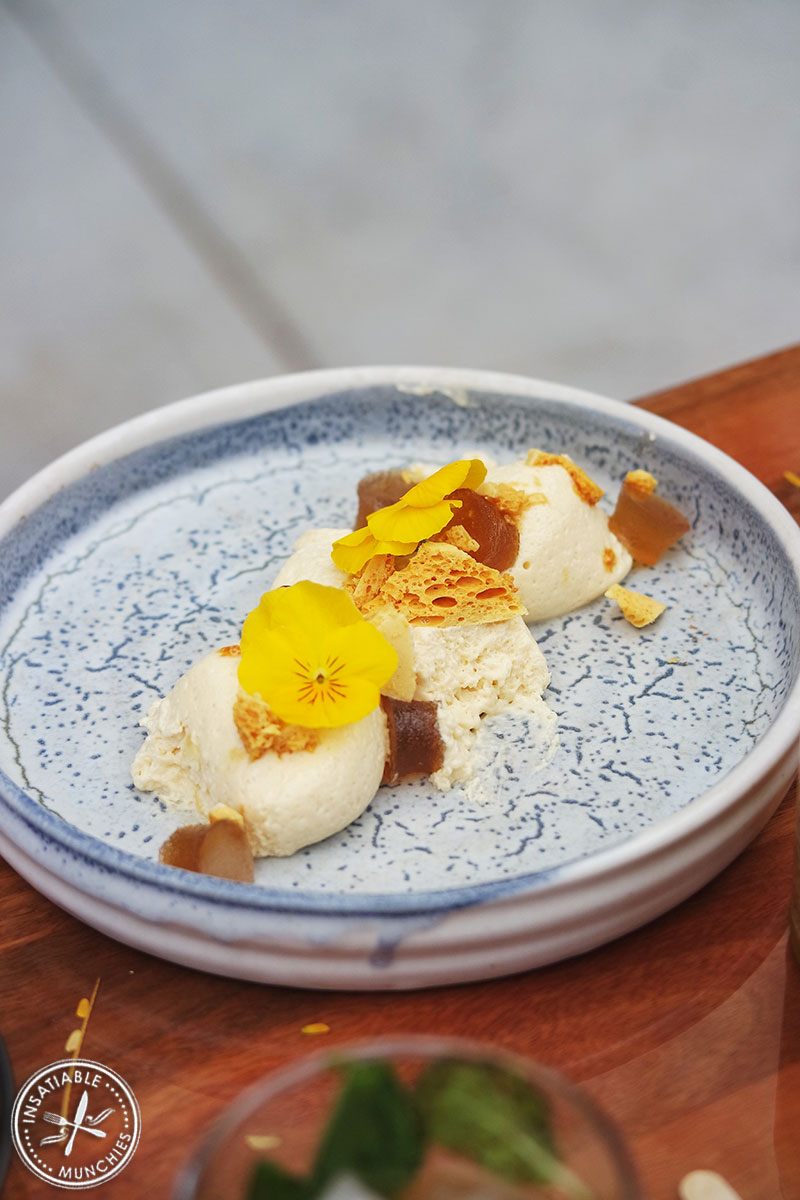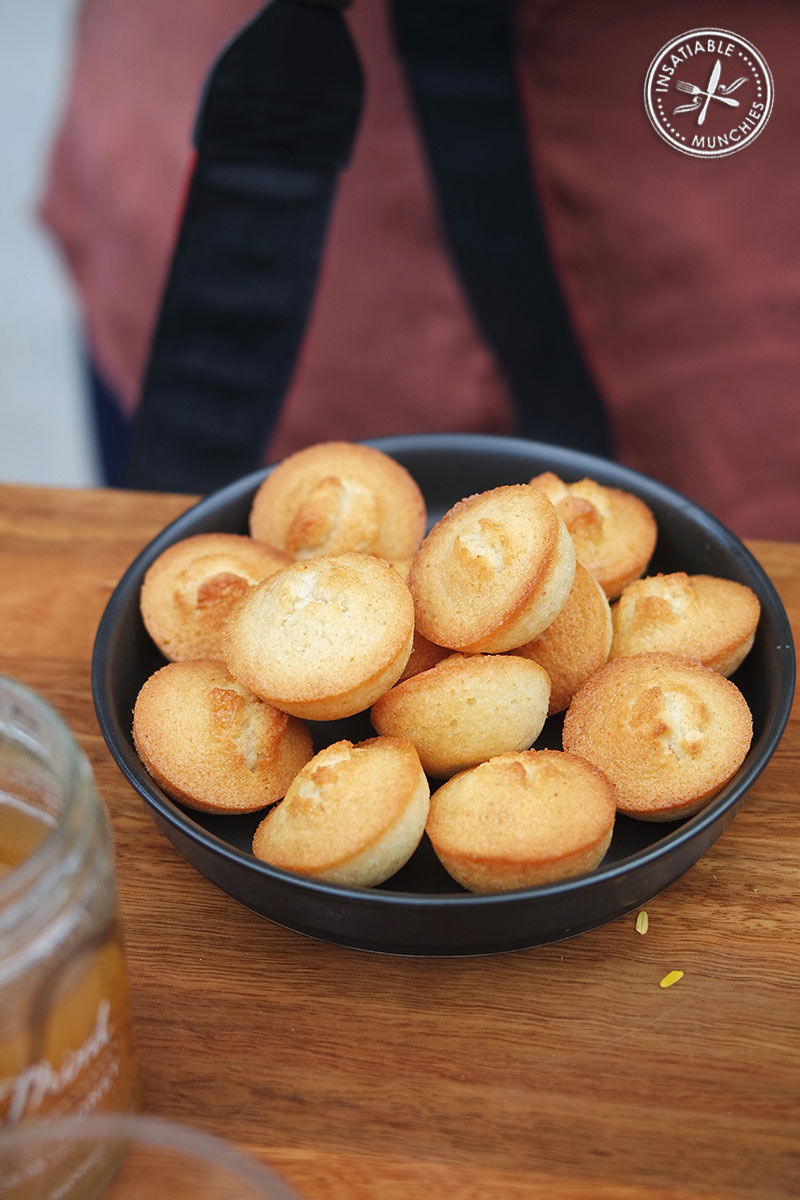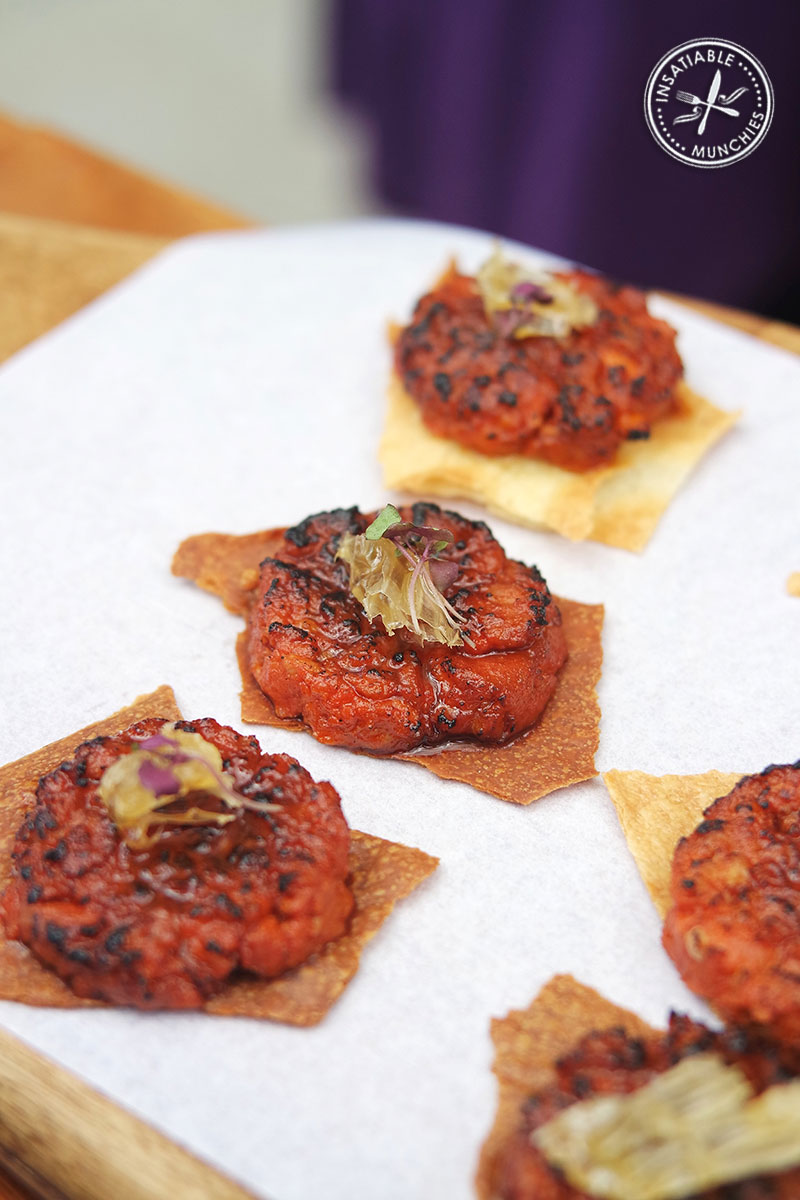Bees and honey have always piqued my interest. After all, it’s something that we take so for granted – it’s always felt accessible to me, whether it came from a little plastic bear or not – but not something we take care of, it seems.
Did you know that bees are facing a real danger in Australia?
In essence, because humans are taking over more land space and there are fewer flowering plants, bees – who do not fly over a 5km radius – are finding it hard to survive in our current urban landscape. Bees need pollen and nectar from these flowers for food, and in return, they produce a sweet secretion that we all know and love – honey.
I’m glad to report though that there are some urban apiarists who are trying to save the bees (I feel a Michael Jackson song coming up), and the result are organisations like this one: Bee One Third.
As part of the Eat Drink Blog 2014 Sunday activity, I got to meet Jack, owner of Bee One Third, who manages and harvests from rooftop beehives around urban Brisbane. He spoke softly but passionately about his bees, with a wry sense of humour. He originally wanted to get into some form of agriculture, and then settled on bee keeping when it piqued his interest. He was going to take a group of us up to see the beehives for ourselves, and he even brought us our outfits.
I’ve always wanted to wear one of these. Now I just need to get my hands on a Hazmat suit!
So up the ladders we went – with Jack reminding us to always maintain three points of contact for OH&S reasons – precariously hanging on for dear life (or that could be just me, since I’m the world’s number one klutz) before poking our head out to picture perfect blue skies, a great view of Fortitude Valley, and these guys:
How cute are they? They remind me of the little doll houses that I used to have as a kid, except way more practical and this has the ability to feed me. Also, I think this would totally be a great place to have a wedding ceremony, except for the lack-of-useable-space-for-guests part.
But anyway.
Jack very gently pried open the beehives, and patiently explained to us the bees’ process: they build their hive from the centre out, and in the colder months, the honeycomb also acts as insulation for the bees. They feed on pollen and nectar – with pollen providing slow release energy and nectar providing quick release energy – and will also feed in an centre-out pattern in the months where food is scarce. Honey is actually a secretion from the bees – their little bodies act as a filter for us in a way, filtering out the heavy metals that can be present in the plants.
The worker bees – who are all female and have a stinger – are the ones who venture out to get food, and carry it back on their little legs (pictured above). The drones – who are all boys and have no stinger – all stay at the hive and basically are the Queen’s personal harem. They are there to make sexy-time with the Queen and ensure the continuation of their species.
So back to the honey, and the eating thereof!
We went back downstairs – three points of contact on that ladder! – and were treated to a sampling of different urban varieties of honey. Rather than the usual classifications based on a near-singular type of flower that feed the bees, these jars are harvested according to location, and each urban location produces their own honey, unique in both flavours and textures. For example, the pollen (pictured above), had a powdery sort of texture, and a subtle flavour that is not particularly sweet. Which illustrated what Jack said about honey coming from the bees – part of the process is that they convert pollen that they eat into fructose, which gives honey its characteristic sweet flavour.
And, not content with impressing us with the amazing raw product, we also got to taste how good the honey is when utilised by talented chefs!
Gerard’s Bar and Bistro – whom Jack also works for – provided us with various dishes made with Jack’s honey.
The iced tea (pictured above) simply made with honey, lemon and mint, was the perfect pick me up on a sunny Brisbane morning.
There was also dish showing honey in three ways: a light-as-air mousse, a honey jelly that reminded me of jujubes of my childhood and gave me the giggles, and honey comb, made with real honey. This showcased the unique floral notes of each type of honey, and the contrasting textures just kept me going back to it.
We scooped up the mousse with these Friands – fluffy on the inside, and lightly crisped on the outside, these were also laced with honey and transported me to a tea-and-scones-with-the-queen sorta fantasy. Queen bee, that is.
And finally, the savoury option for all the sweet/salty fiends out there – sopressa salami is grilled and finished with a drizzle of honey, and served on a wafer thin cracker. This was my absolute favourite – it wasn’t just about the combination of two contrasting flavours, but also about the tenderness of the sausage, and the smokiness of the grill. I think I must’ve selfishly – but not maliciously – commandeered a whole platter to myself.
It was really cool learning about the bees, and even cooler tasting the food (as you do). A big thank you to the organising committee of Eat Drink Blog 2014 for putting the itinerary together, to Jack from Bee One Third for patiently answering my incessant questions, and to Gerard’s Bar and Bistro for providing an amazingly tasty morning tea!
I will be blogging more about the other Eat Drink Blog activities, so stay tuned! If you’d like to see snapshots of what happened in the meantime, I’ve been a busy bee (haha!) on my Instagram page, which you can find here: http://instagram.com/insatiablemunch
Gerard’s Bar and Bistro
14/15 James St Fortitude Valley, QLD 4006
07 3852 3822
http://www.gerardsbistro.com.au/
Insatiable Munchies attended this event as a delegate of Eat Drink Blog 2014, and a guest of Bee One Third and Gerard’s Bar and Bistro.

